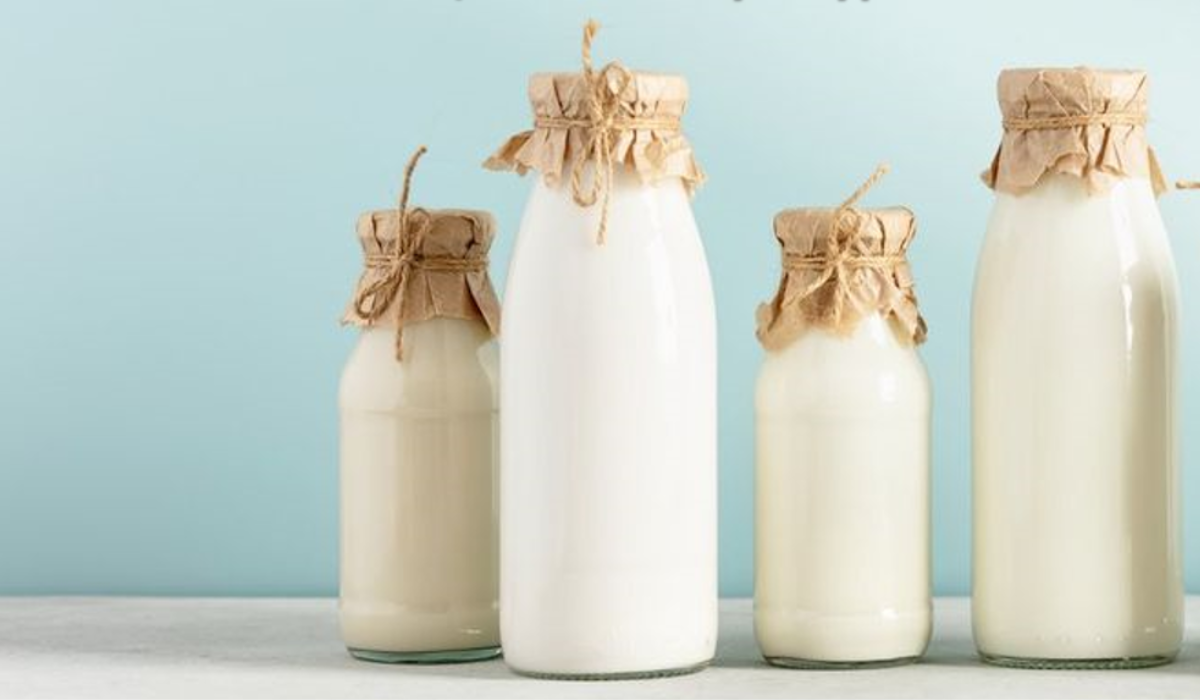The volume of the United Arab Emirates dairy market could reach $6.6 billion by 2033. The main drivers are population growth, urbanization, and a focus on healthy eating. Government policy, aimed at food security and the development of local production, also plays a crucial role.
Despite the traditional love for milk, yogurt, and cheese, the UAE's climate makes local production difficult. Due to the heat, lack of fertile land, and shortage of feed, the country imports a lot of dairy products. However, local producers such as Almarai, Al Ain Dairy, and Al Rawabi are actively developing. They offer not only familiar products but also modern options with reduced fat content, added vitamins, or functional characteristics.
In cities like Dubai and Abu Dhabi, many residents are choosing low-calorie, lactose-free, and plant-based milk alternatives. This is partly due to the growing number of people with excess weight and increased attention to disease prevention. Therefore, the popularity of yogurts with probiotics, milk enriched with calcium and vitamins, and products with added protein is growing.
Innovation has become a key driver of development. More and more new flavors and formats are appearing on supermarket shelves: from organic products to dairy drinks for sports and recovery.
The state supports dairy production as part of its food security strategy. Investments are being made in "smart" farms, water-efficient systems, improved livestock feeding, and animal health control. This is intended to reduce import dependence and make production more stable in the future.
However, challenges remain. Due to the climate, maintaining livestock farming is expensive, so the prices for local products are usually higher. The UAE will continue to import most dairy products, especially specialized cheeses and milk powder.
Consumer trends vary significantly between regions:
- Dubai — a leader in demand for premium and innovative products.
- Abu Dhabi — actively invests in local farms and "healthy" lines.
- Sharjah — maintains interest in traditional dairy products, gradually opening up to new formats.
The UAE dairy market is in a phase of active reformatting. It is moving from simple imports and traditional products to a model where health, innovation, and local production come to the forefront. Dairy products are now perceived not only as part of the diet but as an element of a healthy lifestyle. Demand is shaped not only by taste but also by the desire to maintain body tone, control weight, and get more protein and beneficial nutrients.
It can be said that the market is becoming more mature and diverse. It attracts investors, international brands, and local producers seeking to take their place in the face of growing competition. The UAE continues to strengthen its role as a center for innovation in the Middle Eastern food industry. A new model of the dairy industry is being created here, where technology, health, and consumer culture are intertwined in a modern approach to food.
Press service of the Association of Milk Producers according to materials vocal.media
Follow us on LinkedIn
Related News


